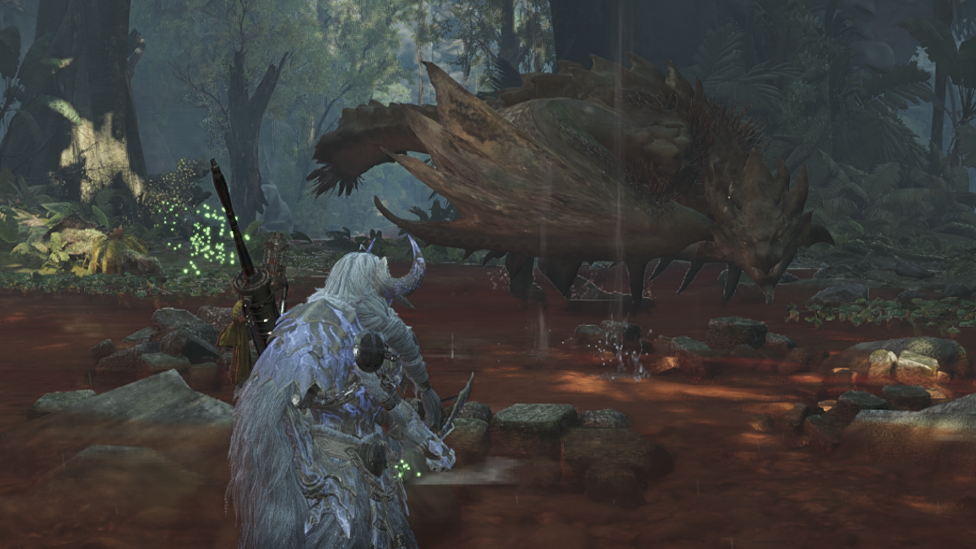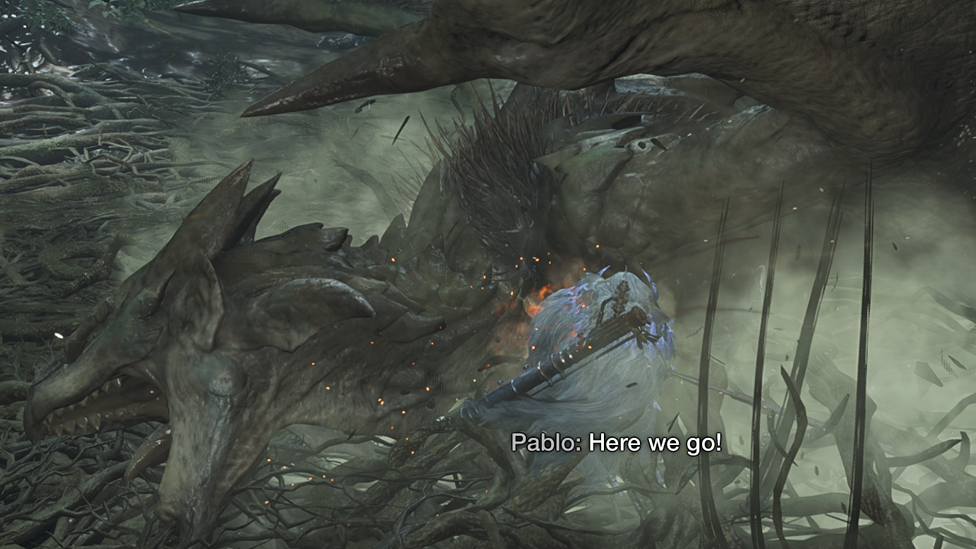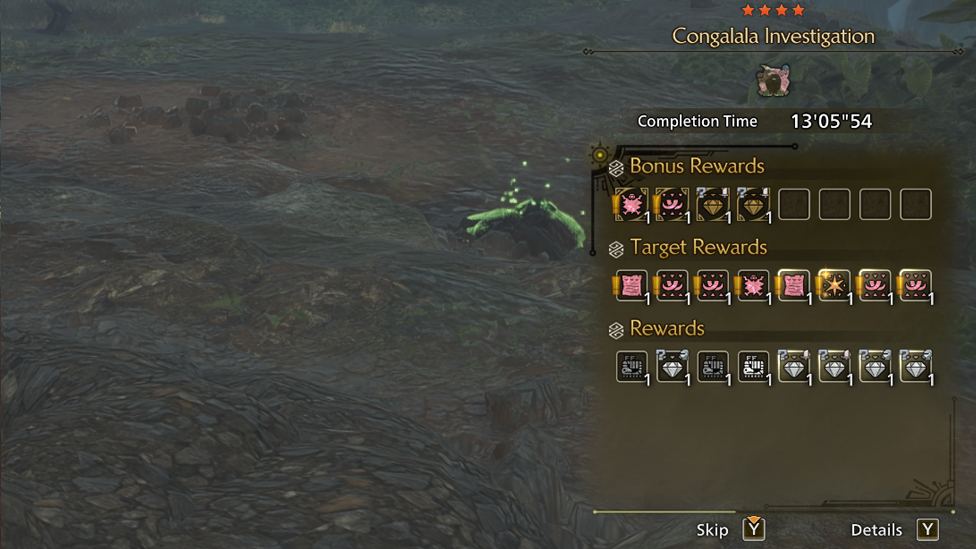Capture vs Killing in Monster Hunter Wilds
Monster Hunter Wilds, the highly anticipated next entry in the game’s franchise, will continue the series' core mechanics of hunting, tracking, and battling massive creatures. Among the most significant decisions players make per hunt is killing or capturing their prey.
Both methods have advantages and disadvantages that impact rewards, quest fulfillment, and the hunt. Here, we will examine the capture vs. kill debate, its mechanics, the positives, and the strategic implications of both methods.
Learning the Basics

Make Your Own game Server
In Monster Hunter Wilds, the goal of a hunt is to capture or kill a targeted monster. Both are functional but have different consequences regarding loot, challenge, and efficiency. Killing completely depletes a monster's life in MH wilds, so hunters must leverage it wisely. Capturing on the hand reduces an MH wild monster to death's door and then uses traps and tranquilizers to get it on the ground.
Strengths of Capturing Monsters
Benefits of capturing a monster in MH wilds:
More Exotic Material Opportunities
Capturing a monster in MH wilds has always provided more exotic material opportunities, i.e., plates and gems. This is because a caught monster provides more reward pools, whose drops are rarer than from carving a killed monster.
More Efficient Hunts
Capturing finishes the hunt prematurely as well because MH wild monsters get caught at around 30% health, and thus, one doesn't need to fight their more powerful "desperation" state. This saves time.
Less Waste of Resources
Since the fight is shorter, capturing a monster in MH wilds neither wastes weapon sharpness, bullets, or potions, thus reducing the cost of a hunt overall.
Promotes Strategic Gameplay
Capturing demands awareness and preparation. You must recognize when a monster in the MH wilds is weak enough to properly set up traps and tranq bombs, which fosters strategic planning.
Drawbacks of Capturing
Although it has its advantages, capturing is not always the best. Here's why:
Fewer Carves
Unlike killing a monster in MH wilds, where you can carve multiple times from its body, capturing skips the carving process. Some materials may only be available through carving, making capturing less effective for specific loot.
Requires Preparation
Capturing requires gear such as traps and tranq bombs. You must make or carry these to capture monsters; losing them during a hunt is risky.
No Epic Battle of End Credits
Many MH wild monsters have epic end-stand stages, where they go berserk, change attack methods, or go hostile. Capturing short circuits of such battles might leave the intense combat enthusiast unsatisfied.
Can Be Tricky to Time
Accidentally killing a monster in MH wilds instead of capturing it can be disappointing, mainly if you aim for rewards. Recognizing when a monster is weak enough but not dead requires experience.
Benefits of Killing Monsters
Sometimes, killing a monster in MH wilds during a hunt is worthwhile. Here's why:
Several Carves: Greater Materials
Dead monsters in MH wilds can be carved into several body parts, and this should be done if one is farming specific resources like tails, wings, and fangs. Some materials drop only by carving, and killing is better in cases for a specific monster part.
No Need for Extra Tools
While trapping involves traps and tranqs, killing permits you to fight through the whole time without equipment. This comes in cases where the traps did not work or you do not have the required trap.
More Challenging Battles

If you enjoy challenging yourself with a more intense fight, slaying a monster in the MH wilds lets you experience its full power, including rage phases and last-ditch attacks. This makes for a more thrilling and rewarding battle.
No Chance of Mistiming
Killing requires skill, but killing is simple. It's all about exhausting the HP of a monster in MH wilds. This removes the danger of inadvertently fighting a monster to death while trying to catch it.
Disadvantages of Killing
Killing Monster in MH wilds, while a good thing, also has some drawbacks:
Long Hunts
Since you need to drain the entire monster's health bar, killing is typically longer than capturing. Thus making hunting exhausting.
More Utilization of Resources
A whole battle requires more potions, tool sharpening, and bullets, so each hunt becomes more expensive regarding item utilization.
No Capture Reward
Killing means missing out on capture rewards; therefore, you'll deprive yourself of some of the game's most absurd materials.
Which One to Use?
Your decision to kill or capture in Monster Hunter Wilds should be based on:
- What material do you need? (capture rewards vs. carve-only materials)
- How fast do you want to farm? (capturing will usually be faster)
- How hard do you want the battle to be? (killing will allow you to battle straight through to complete)
- How much set-up work are you comfortable doing? (capturing uses traps and tranqs)
Best Strategy for Most Hunts

For most hunting trips, capturing is more efficient due to better rare material drops and shorter fights. However, killing is the way to go if you’re targeting specific carves or want the whole monster battle experience.
Using Reliable Servers Makes Things Easy
The Scalacube server can scale exceptionally, be fault-tolerant, and have low latency for microservices and distributed systems. These robust servers can efficiently handle event-driven architecture, high-performance service discovery, and low messaging. It is the least dependent and can handle reactive programming, offering faster asynchronous communication among the services. Scalacube handles horizontal scaling without any problem and improves efficiency; thus, it can be an excellent choice for newer applications.
FAQs
What Pays More, Killing or Capturing?
Capturing monsters in MH wilds usually grants better access to scarce resources, and killing monsters in MH wilds has more carves, some of which are required for specific pieces.
Is Capturing Always Quicker than Killing?
Yes, capturing finishes the hunt when the MH wilds monster is debilitated to the point where it can no longer do its final rage phase, so it's quicker.
Should I Kill or Capture in Monsters Hunter Wilds to Receive More Rewards?
Capturing provides rarer goods and shorter hunts while killing provides more carves for those specific parts.
Conclusion
Capturing or slaying in Monster Hunter Wilds is based on the priority of hunting. Capturing is faster, yields rare material, and conserves resources; ideal for efficient farming. Slaying gives more carves and lets you see a monster's entire battle appearance, like their most savage forms.
Both have unique advantages, and the ideal way is situation-based. If you need rare items and quicker hunts, capturing is ideal. If you need more prolonged battles and some items from butchering, killing is ideal. Ultimately, it's your choice and what you need from your hunt.
Make Your Own game Server
Copyright 2019-2025 © ScalaCube - All Rights Reserved.